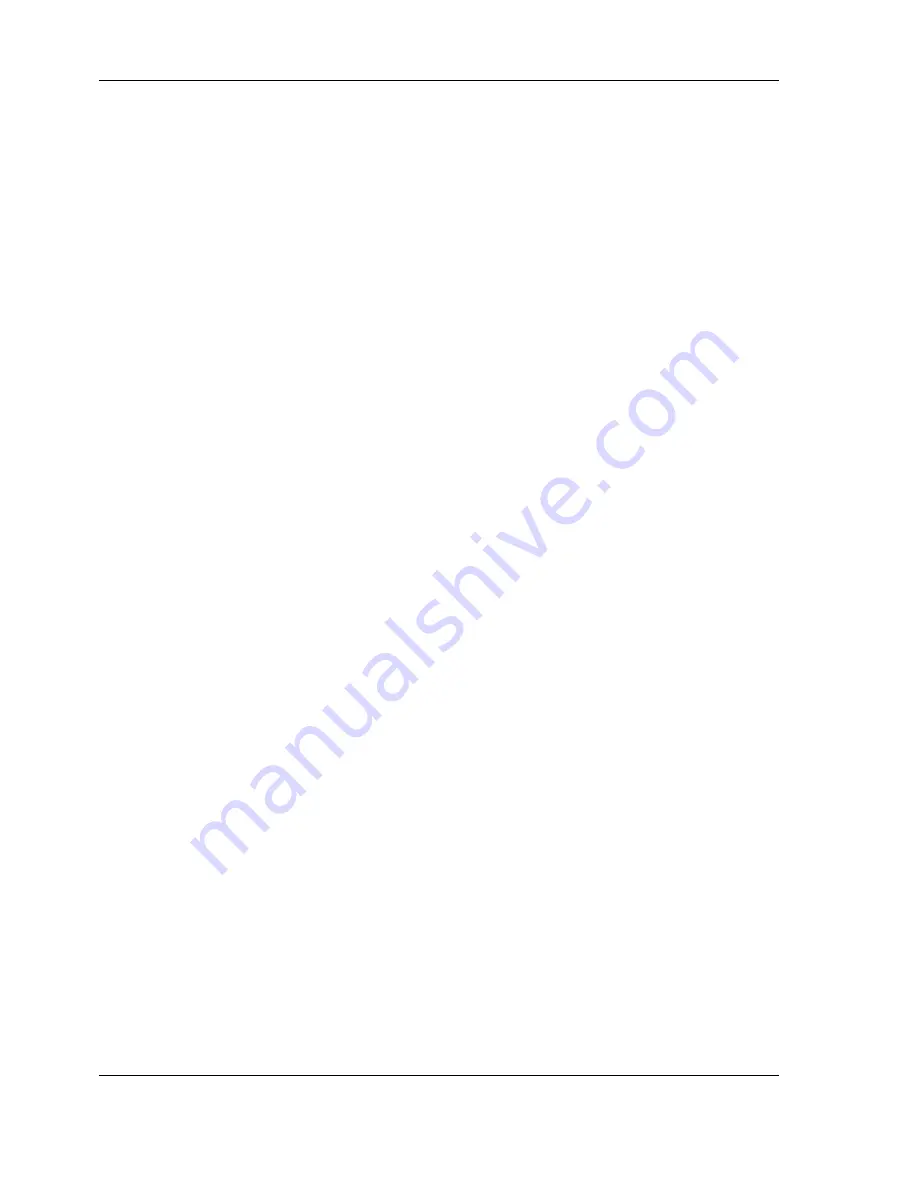
Carefully read personal and machine SAFETY PRECAUTIONS (at the beginning of this manual)
0 - 6
LW170-LW190
SAFETY RULES
the engine is running.
Do not adjust the fuel pump when the machine is motion.
Do not lubricate the machine with the engine running.
Do not run the engine with air intakes, door or guards
open.
ELECTRICAL SYSTEM
Always disconnect the batteries prior to any intervention
on the machine or its electrical system (cleaning, repair,
maintenance).
Should booster batteries be used, remember to connect
ends of the booster cables in the proper manner: (+) to (+)
and (-) to (-). Do not short-circuit terminals. Thoroughly
follow instructions given in this Manual.
Before any intervention, make sure that the battery
isolator switch is off.
BATTERY GAS IS HIGHLY FLAMMABLE. Leave the
battery compartment open during recharging to improve
ventilation. Never check battery charge by placing metal
objects across the posts. Keep sparks or open flames
away from batteries. Do not smoke near the battery to
prevent explosion hazard.
Before any intervention, make sure that there are no fuel
or electrolyte leakages. If any, correct prior to proceeding
with further work. Do not recharge batteries in confined
spaces. Ensure proper ventilation is provided to avoid
accidental explosions due to build-up of gas released
during charging.
HYDRAULIC SYSTEM
Pressure fluid escaping from a very small hole can be
almost invisible and still have sufficient force to penetrate
the skin. Always check any suspected pressure leaks
using a piece of cardboard or wood. DO NOT USE
HANDS. If injured by escaping fluid, obtain medical
attention immediately or serious infection or reaction may
develop.
Stop the engine and relieve all system pressure before
removing panels, housings, caps, plugs or covers.
Always use gauges of adequate capacity (end-of-scale
reading) and follow recommended procedures.
TOOLS
Always keep head, body, limbs, feet, or hands away from
bucket, blade, or ripper when in the raised position. Prior
to any intervention, install all safety devices according to
current regulations. In case the attachment is to be
operated through the machine hydraulic system for
maintenance purposes, remember to do so only while
sitting in the driver's seat. Make sure that nobody is within
the machine operating range. Before operating the
attachment, alert people by sounding the horn and by
voice. Raise the attachment slowly.
Do not use the machine to transport loose objects, unless
proper devices to this purpose are provided.
Clutches and brakes of this machine as well as auxiliary
devices and attachments (such as drive cylinder or winch
control valves) should always be properly adjusted in
accordance with the instructions provided by the Manu-
facturer. Never perform adjustments with the engine
running, except when this is specifically required by the
relevant procedures.
TIRES AND WHEELS
Make sure that the tire inflation pressure corresponds to
specifications issued by the Manufacturer. Regularly
check inflation pressure.
Should pressure be changed, do this while staying on the
tyre side and at a safe distance.
Pressure checks should always be carried out with the
machine unloaded and cold tyres.
Never use reconditioned tire rims, since possible
weldings, incorrect heat-treatments or repairs can
weaken the wheels and cause damages or failures.
Do not cut, nor weld rims with inflated tires installed.
The spare tyre should be inflated only enough to keep the
rim components assembled. Remember that when not
installed on the disc, a tire inflated to maximum pressure
can
explode
.
Therefore, maximum care must be taken when handling a
fully inflated tire.
Before servicing tires, block all wheels, front and rear.
After jacking up the machine, block it in the raised position
using suitable stands conforming to current safety
regulations.
Deflate the tire before removing objects from the tire
tread.
Never inflate tires with flammable gas: explosions and
severe bodily injuries may result.
When starting your work shift, check for loose wheel or rim
bolts and brackets and retighten to correct torque as
necessary.































